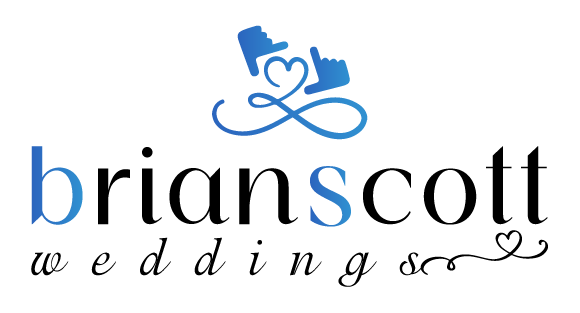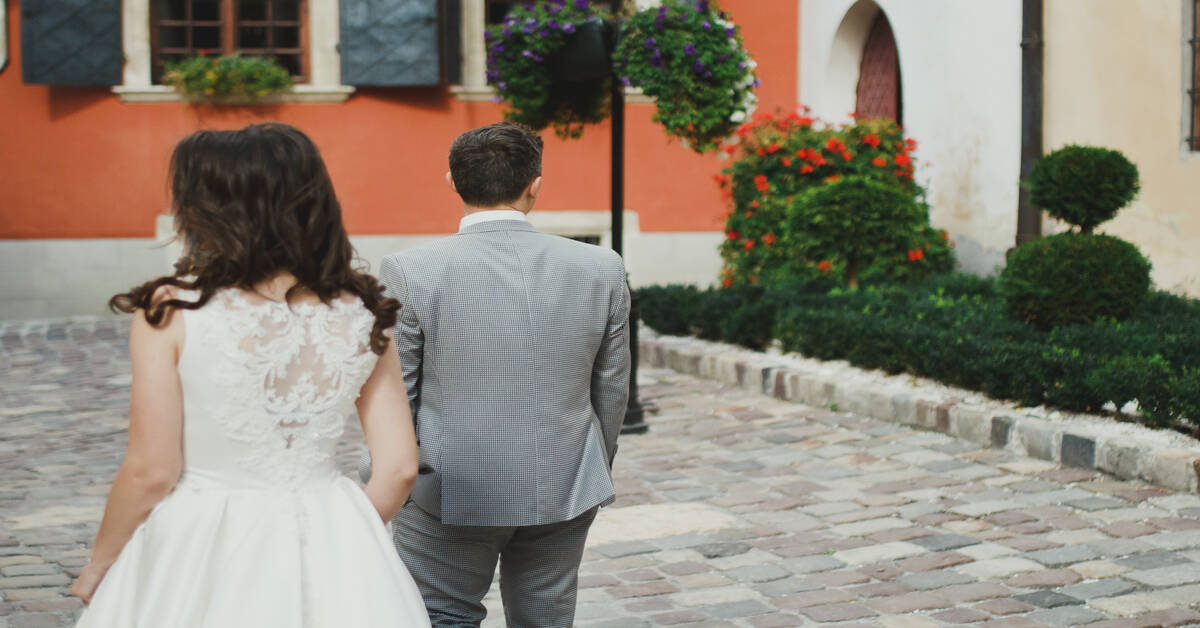A wedding day is an occasion of moments, feelings and recollections. As important as it is to take the day on camera, the editing is the one that makes these memories alive. Editing wedding movies is not only to make the clips intertwined and cuts blend together; it is to create a story that is emotional, smooth and flowing, and tells the story of the couple.
The nervous thrill of preparation, the emotional nature of the vowels, the jubilation of friends and relatives, the happy partying, it all makes a well-edited wedding movie capture the meaning of the day. Professional editing transforms an unedited footage into movie magic, and it makes the couple experience the memories as real and eternal.
1. Organize Your Footage
Prior to the start, label all the footage according to category: preparation, ceremony, reception, speeches, and candid. There is clear labelling so that you can easily find the best clips in each section. The pre-viewing of the footage will assist in the determination of the outstanding moments, the moments that are essential emotionally and the highlights that are important in your narration.
2. Build a Narrative Structure
An effective wedding movie follows an order of beginning, middle and end. Imagine the day like a story, begin with the preparation and anticipation, transition through the ceremony and end with the celebrations and farewell. This is the best way to organize your movie because you are guaranteed of the emotional peaks and the significant moments the audience goes through and this makes the story interesting.
3. Choose Music Carefully
Cinematic wedding videos have their emotional foundation of the music. Choose the songs that represent the mood of every section, romantic, joyful or reflective. Music should be paired with important scenes, including the first kiss or the entrance of the couple, to make them more emotional. Never turn up the music too loud, but so that it supplements conversation instead of dominating it.
4. Focus on Smooth Transitions
The changes serve to sustain the rhythm of the film. There should not be abrupt cuts except when it is done stylistically. Crossfades, small dissolves, and rhythmic cuts should be used in order to provide continuous flow. The transitions between scenes are smooth and make the story look and feel like one engaging the viewer and keeping their attention going.
5. Color Grading for Consistency
The visual tone of the film, often dictated by timeless wedding trends, is provided by color grading. Tune contrast, exposure and saturation to harmonize scenes. Warm colors are used to produce a romantic feeling whereas the cooler ones are sober and sophisticated. The quality of the scenes is improved due to the constant color grading, which helps the movie to be visually unified.
6. Emphasize Emotional Moments
Highlight the emotions of the couple during the day. Film minute gestures, expressions and interactions that have real feelings. These moments are highlighted by slow-motion shots of vows, laughter, or intimate looks, which also makes the film emotionally and cinematic.
7. Use Cutaways and B-Roll
B-roll adds depth and context to your story. Incorporate shots of the venue, décor, rings, flowers, and candid interactions. Cutaways smooth transitions between major scenes and enrich the narrative, keeping the audience engaged visually and emotionally throughout the film.
8. Incorporate Sound Design
Sound design boosts the quality of the film. Ambient sounds, music and dialogue balance to give a sense of immersion. There is the use of minor effects such as footsteps, rustling cloth or clinking glasses to enhance its realism and add depth. Sound designing is needed in order to make the wedding film alive and emotional.
9. Efficient Workflow
Be able to keep the working process in order. Label audio and video tracks Use proxies to high-resolution footage, and sort clips into scenes. Perform back up projects frequently to prevent loss of data. Optimal editing will allow creatively refining more time and will also provide uniformity over the project.
10. Review and Refine
Final review is essential. View the whole film repeatedly to make sure that there is pacing, consistency in colors, balance with audio and that it tells the story. Make amends, and consult your peers or customers before handing out the final version. This is to make sure that the film is professionally standard and above the expectations of the clients.
FAQs
1: How long should a wedding film typically be?
A cinematic wedding film usually ranges from 20 to 30 minutes, while highlight reels are 3 to 5 minutes. Full-length films capture the complete story, including preparation, ceremony, and reception, whereas highlight reels focus on emotional and memorable moments.
2: What software is best for editing wedding films professionally?
Professional editors often use Adobe Premiere Pro, Final Cut Pro, or DaVinci Resolve. Each offers advanced color grading, audio editing, and transitions. Choose software you are comfortable with and that aligns with your workflow for efficient and professional results.
Final Thoughts
The process of filming wedding movies is a technical art coupled with a certain element of emotional storytelling. An established wedding video is not just a collection of videos but a movie that can help couples rekindle the magic of their wedding. The editors are able to produce films which are visually beautiful and emotional by organizing footage, developing a story, focusing on emotion, meticulously selecting music, and using a consistent color grading and sound design.
The aim is to portray the spirit of love, happiness and celebration in a manner that is eternal. Through experience, imagination, and detail, any wedding movie could end up being the most memorable experience, which is a fine combination of art and narrative that is sure to leave a long memory.

